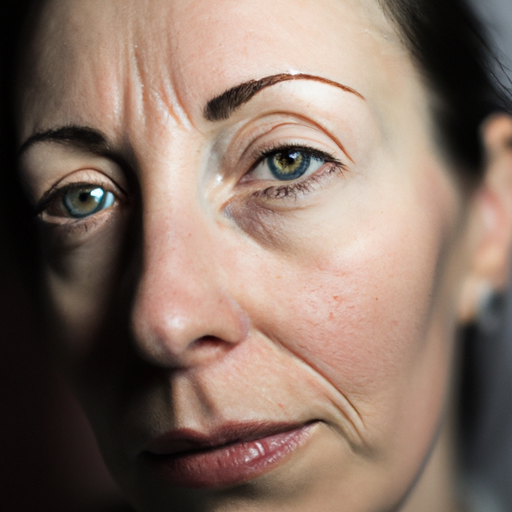As a medical professional, I often encounter patients who are concerned about hyperpigmentation – a common, usually harmless condition where patches of skin become darker than the surrounding skin. This darkening is caused by an excess production of melanin, the brown pigment that produces normal skin color. While hyperpigmentation is typically harmless, it can cause significant cosmetic distress. Here are six savvy strategies to combat hyperpigmentation and achieve a more even skin tone.
1. Sun Protection: The sun’s ultraviolet rays stimulate melanin production, leading to the development or worsening of hyperpigmentation. Therefore, one of the most effective ways to prevent and control hyperpigmentation is by protecting your skin from the sun. This includes wearing a broad-spectrum sunscreen with an SPF of 30 or higher every day, even on cloudy days. Wearing wide-brimmed hats and UV-protective clothing can also help shield your skin from the sun’s harmful rays.
2. Topical Treatments: There are numerous over-the-counter and prescription creams and lotions available that can help lighten hyperpigmentation. These products often contain ingredients like hydroquinone, retinoids, azelaic acid, kojic acid, and vitamin C, which work by inhibiting melanin production. However, these treatments can take several weeks or months to show results and should be used under the guidance of a dermatologist to avoid potential side effects.
3. Chemical Peels: Chemical peels involve applying a chemical solution to the skin to remove its outer layers and reveal the newer, less pigmented skin underneath. Depending on the severity of your hyperpigmentation, you may need a series of peels to achieve the desired results. Chemical peels should always be performed by a trained professional to avoid complications.
4. Laser Therapy: Laser therapy uses focused light energy to remove the outer layer of skin or stimulate new skin growth, effectively reducing the appearance of hyperpigmentation. While laser therapy can provide significant results, it’s important to note that it may not be suitable for all skin types and can cause side effects like redness and swelling.
5. Microdermabrasion: This is a minimally invasive procedure that involves exfoliating the skin’s surface with tiny crystals to remove the outer layer of dead skin cells. This process stimulates new skin growth and can help lighten hyperpigmented areas over time.
6. Healthy Lifestyle: Lastly, maintaining a healthy lifestyle can go a long way in preventing and managing hyperpigmentation. This includes eating a balanced diet rich in antioxidants, which can help protect your skin from damage, and staying hydrated to keep your skin healthy and resilient. Regular exercise can also improve your skin’s health by increasing blood circulation and promoting the removal of toxins.
In conclusion, while hyperpigmentation is a common concern, there are numerous strategies available to help manage this condition and achieve a more even skin tone. It’s important to remember that everyone’s skin is unique, and what works for one person may not work for another. Therefore, it’s always best to consult with a dermatologist or other skincare professional before starting any new treatment for hyperpigmentation. With patience and the right approach, you can effectively combat hyperpigmentation and enjoy healthier, more radiant skin.



